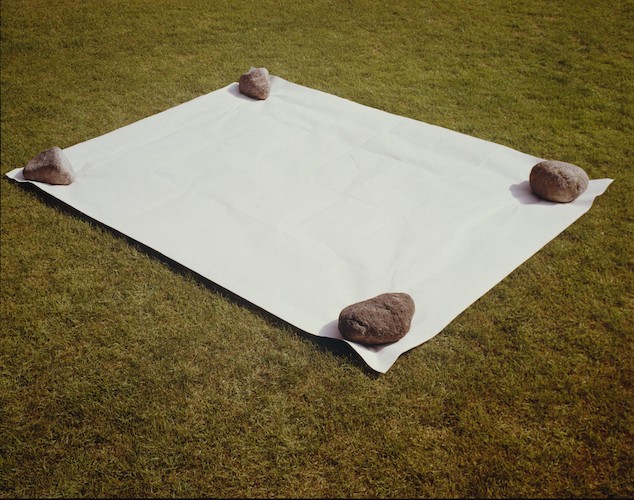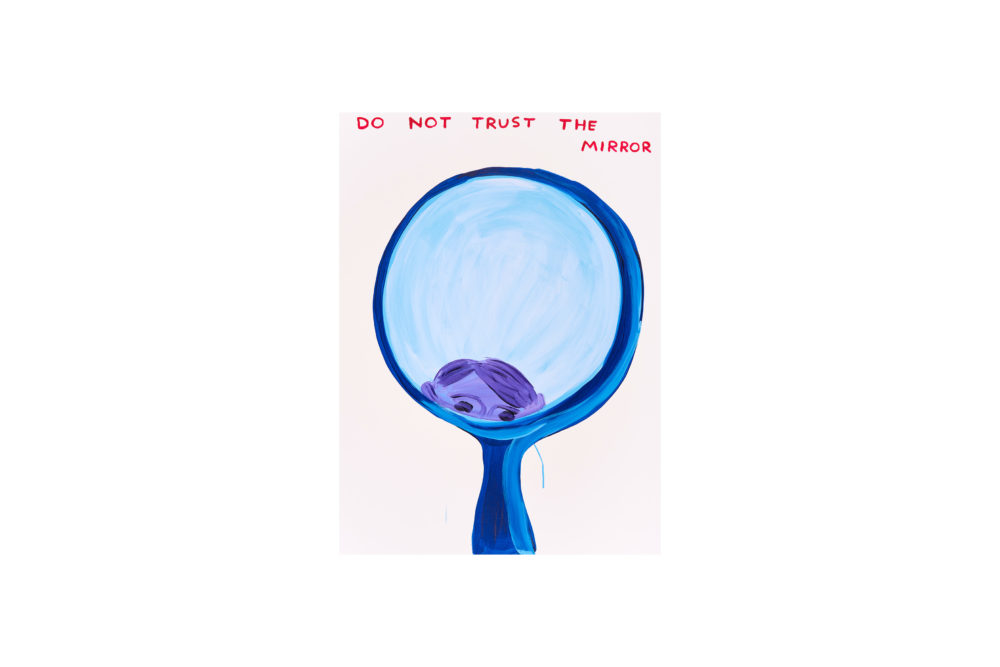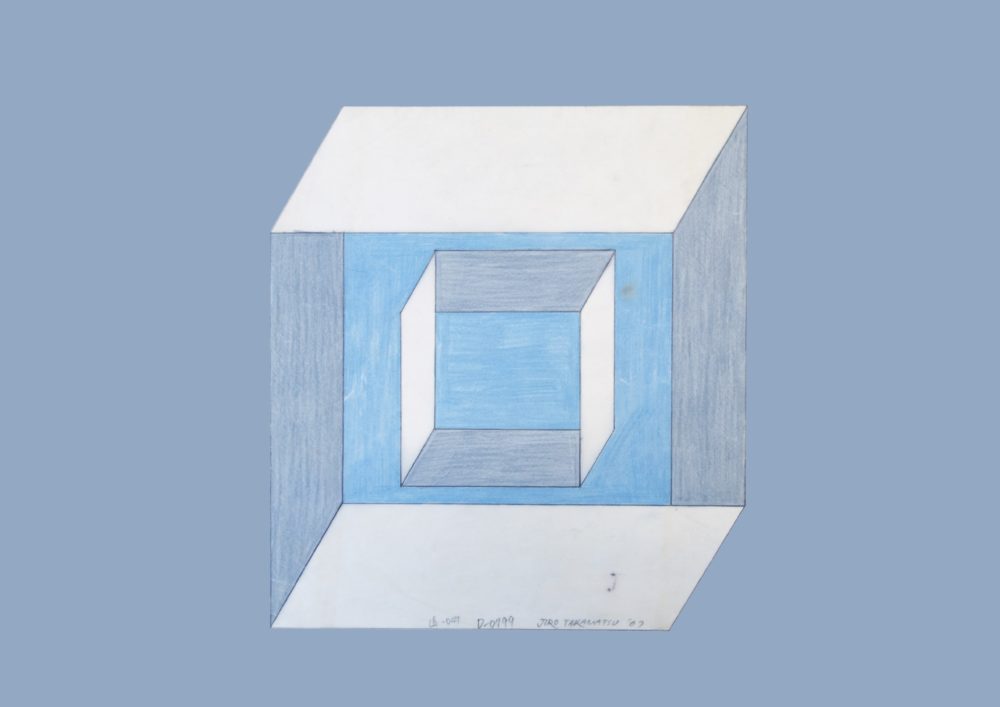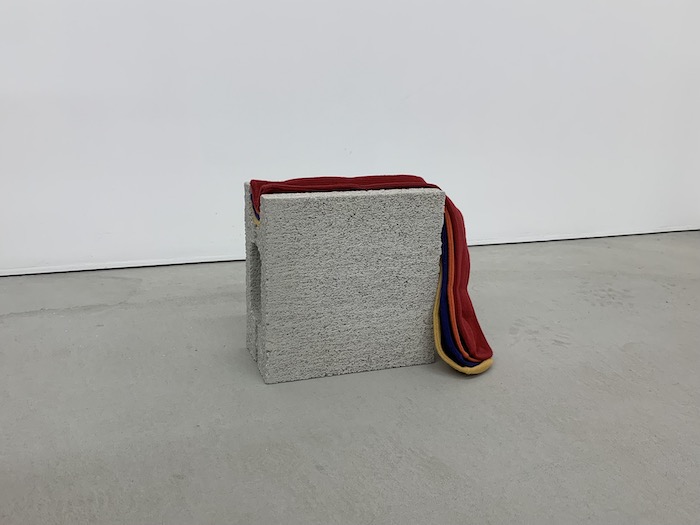Exhibitions
「吉田克朗・成田克彦 カラーズ」
“Katsuro Yoshida, Katsuhiko Narita / Colors”
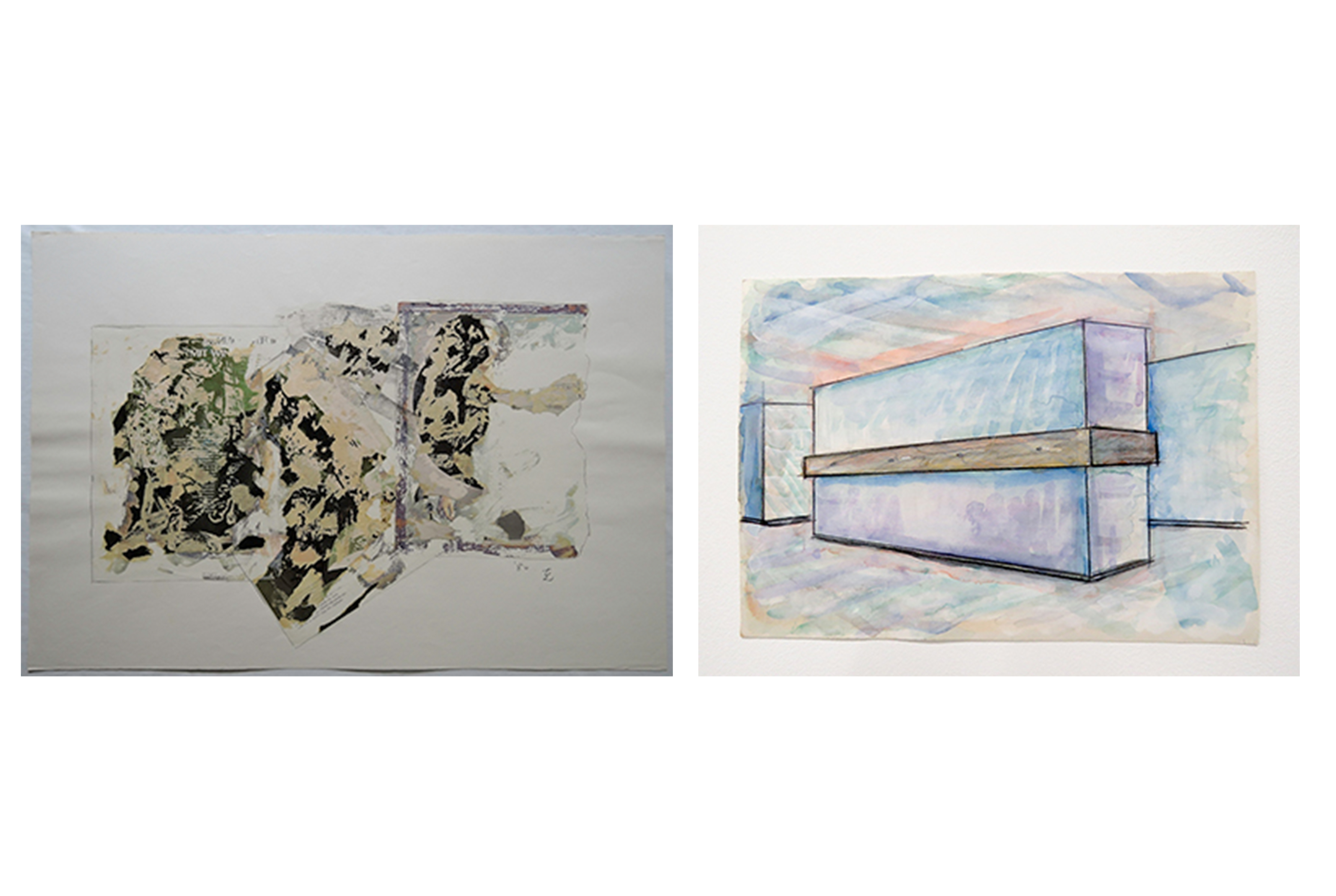
Left: Katsuro Yoshida, ‘Work 6-77’, 1980 ⓒThe Estate of Katsuro Yoshida, Courtesy of Yumiko Chiba Associates
Right: Katsuhiko Narita, ‘Untitled’, circa 1969 ⓒThe Estate of Katsuhiko Narita, Courtesy of Yumiko Chiba Associates / CAVE-AYUMI GALLERY
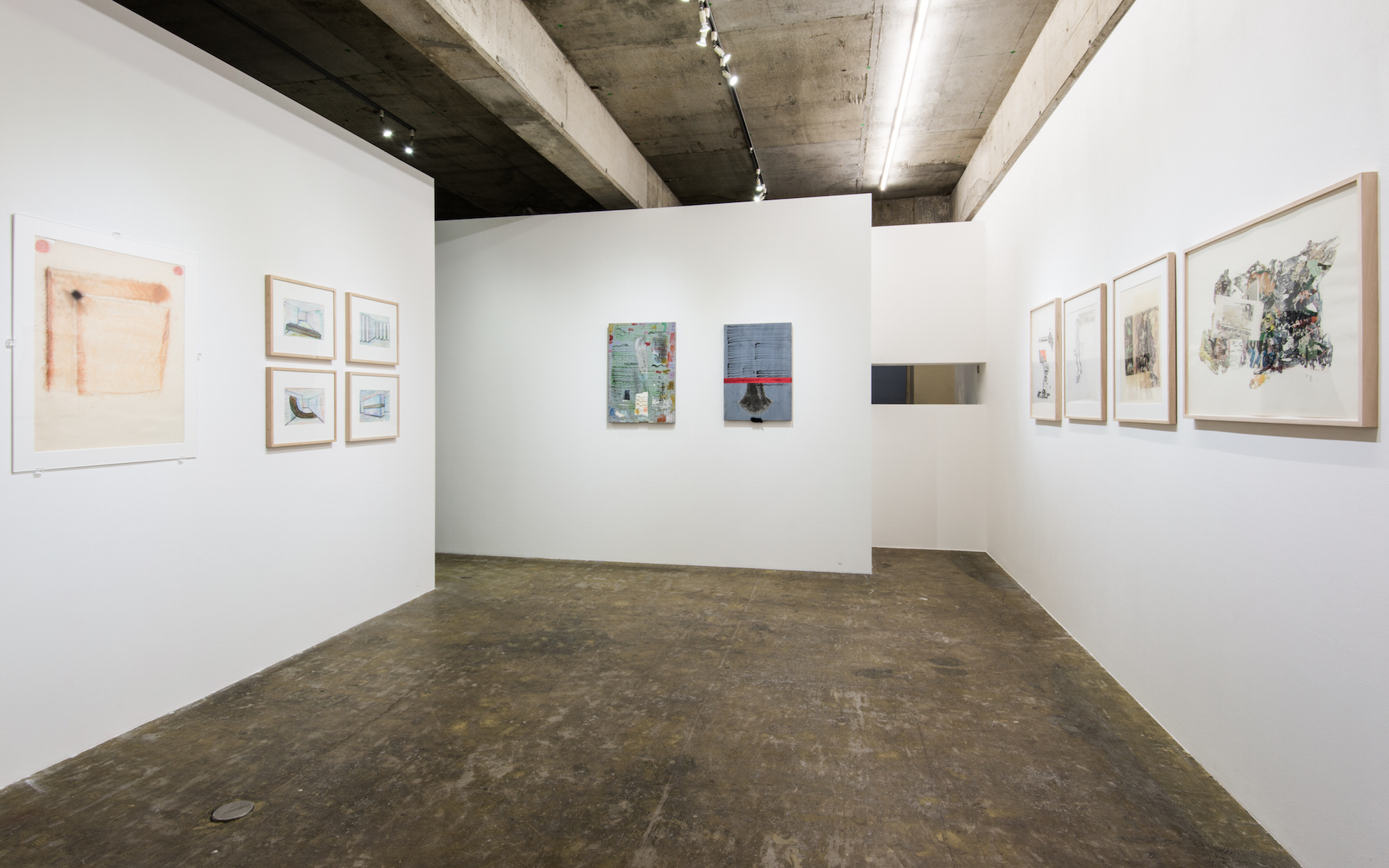
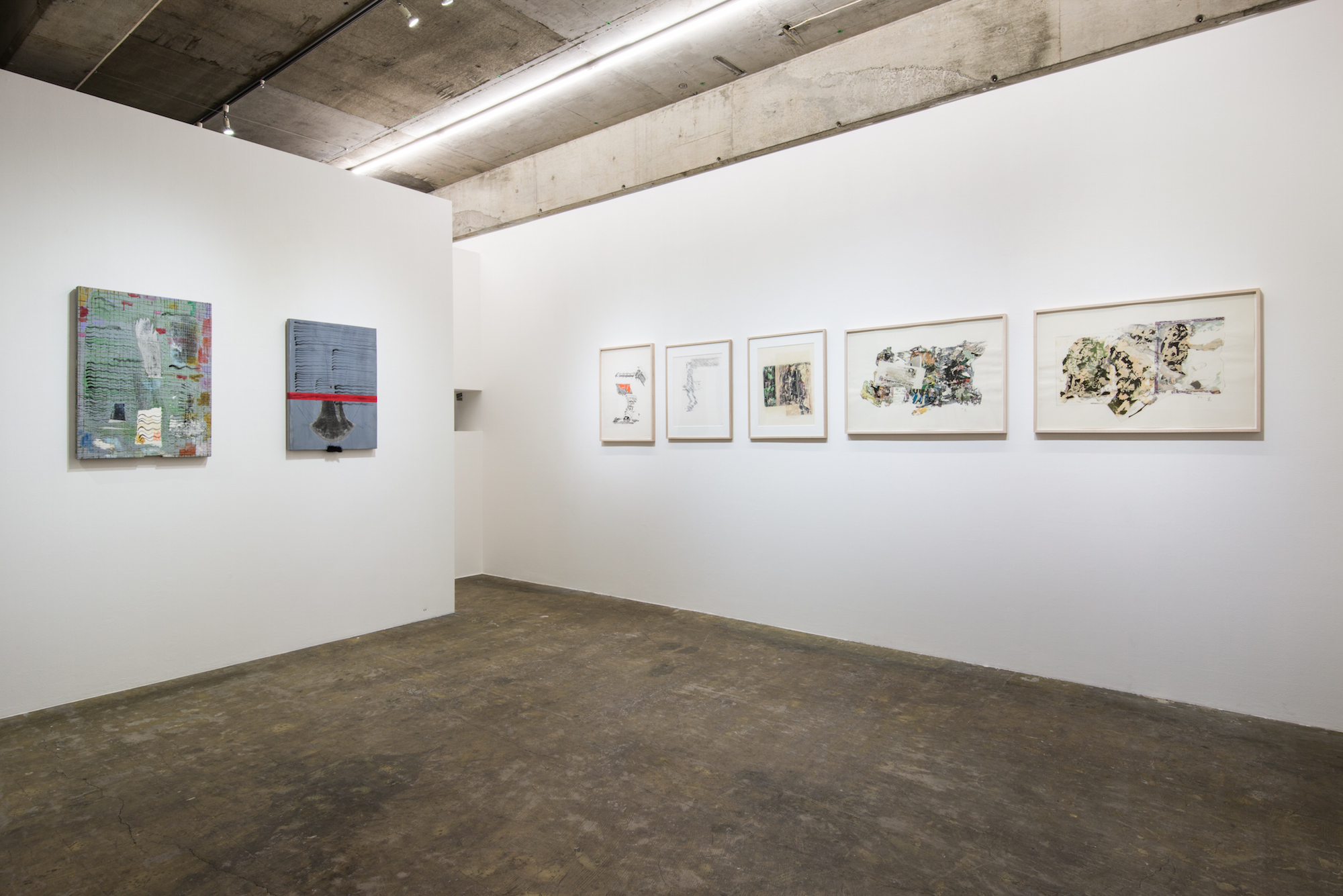
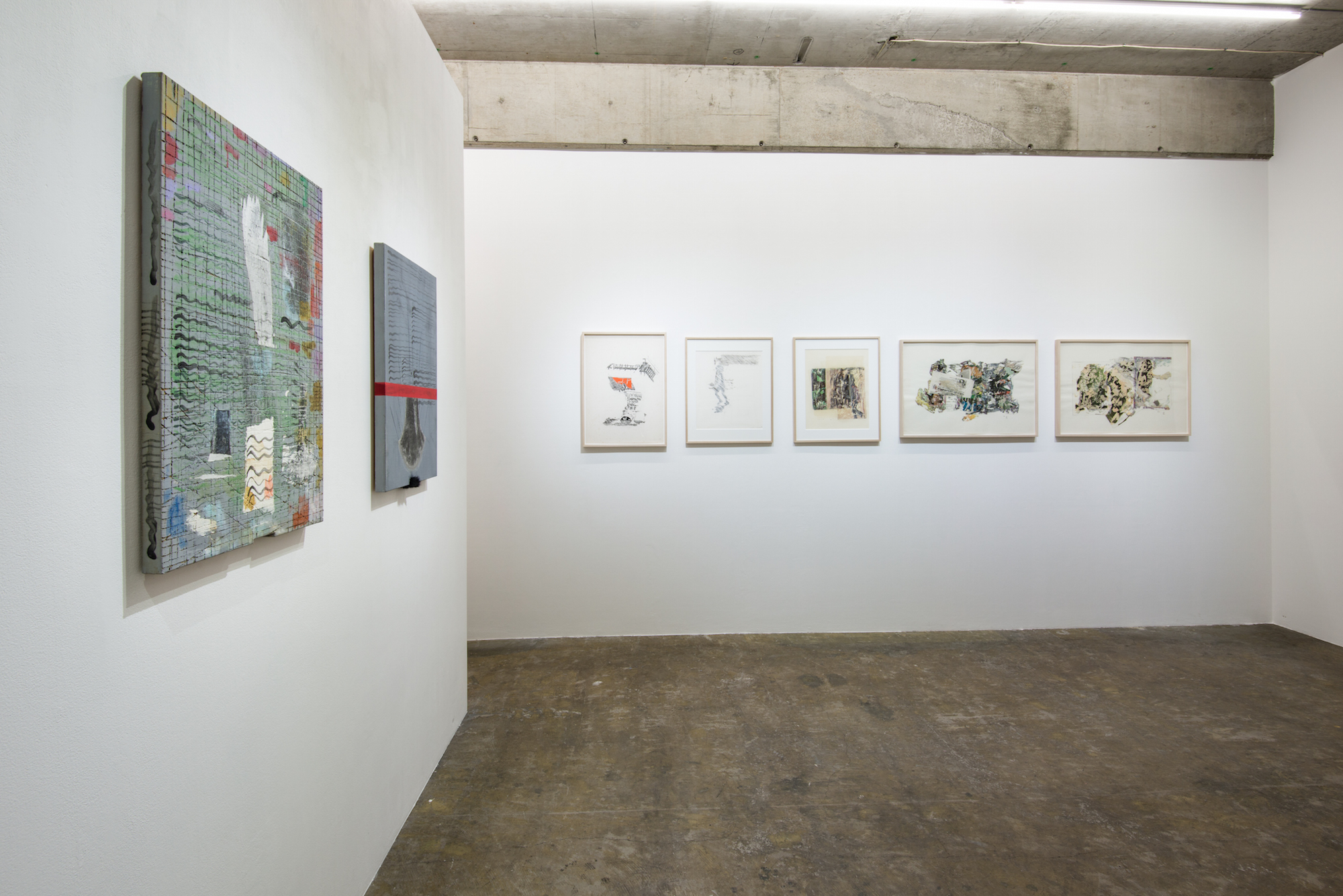
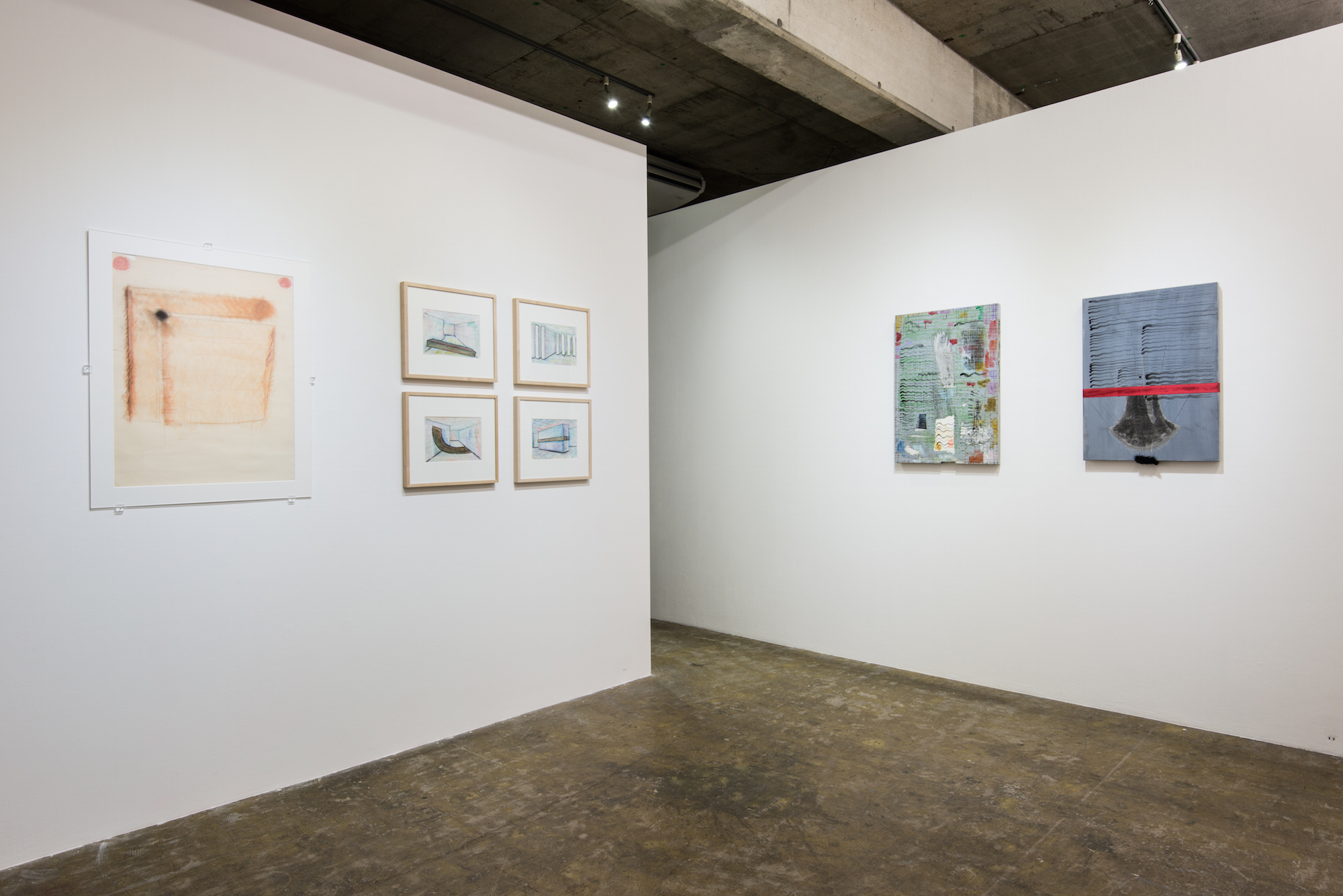
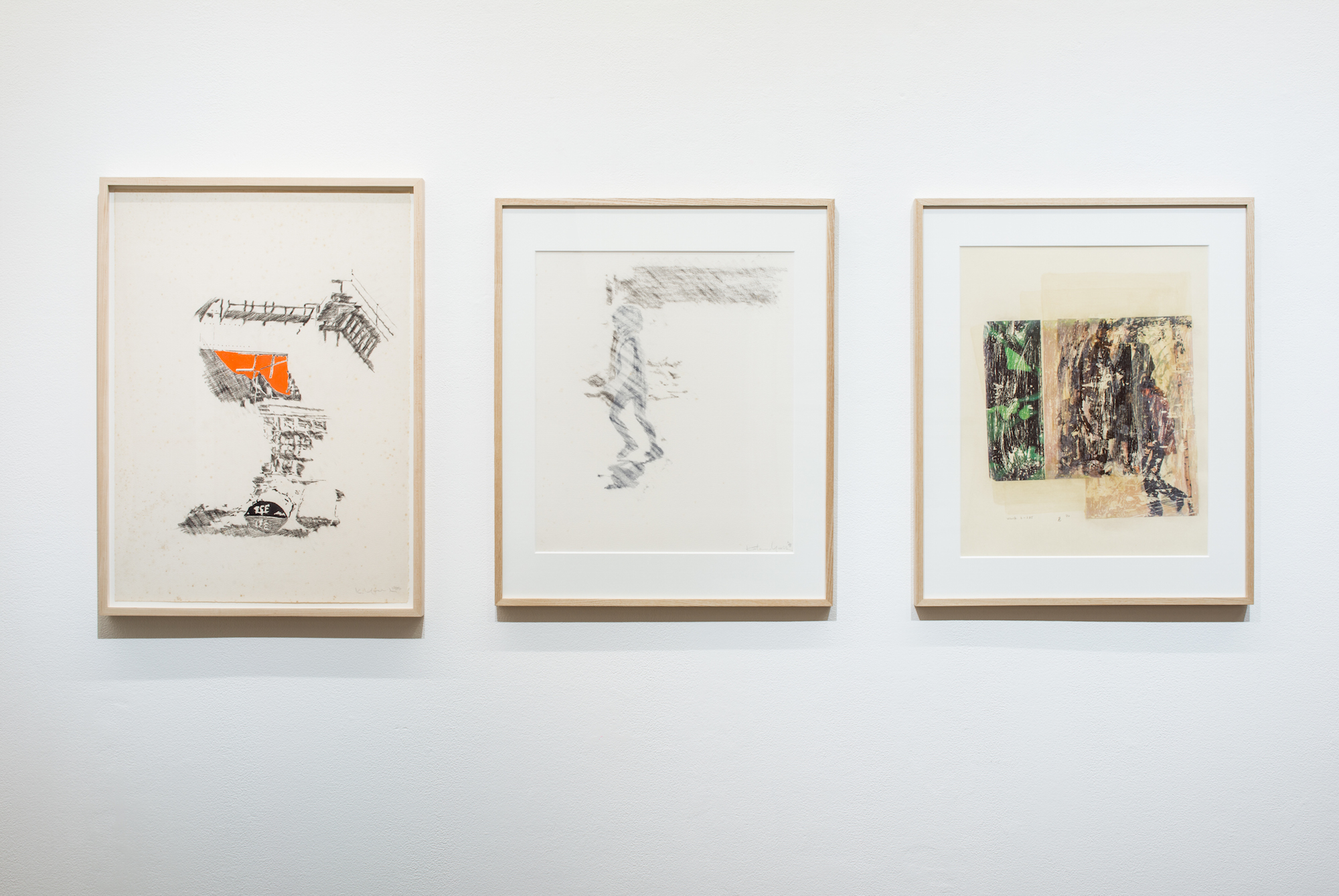
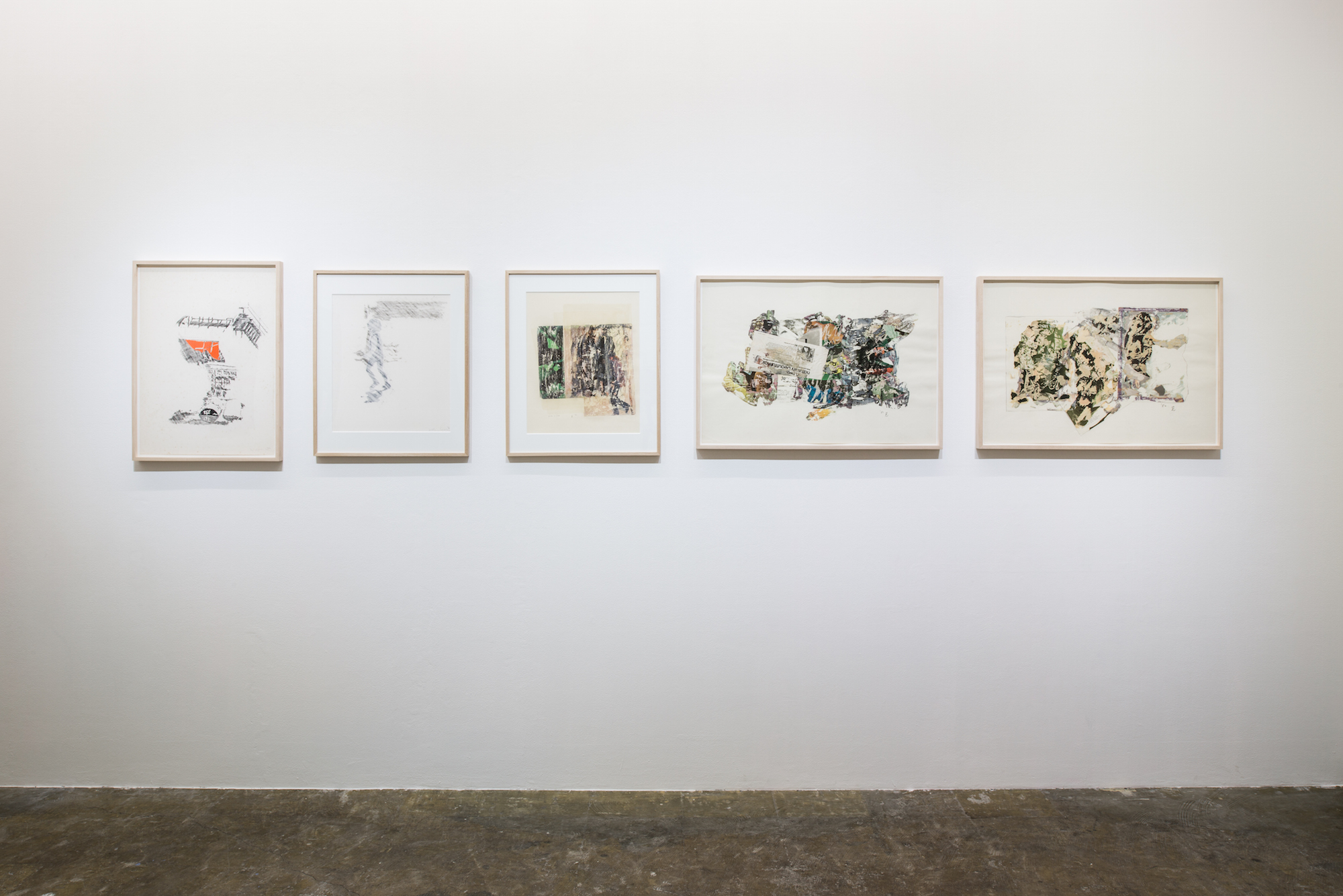
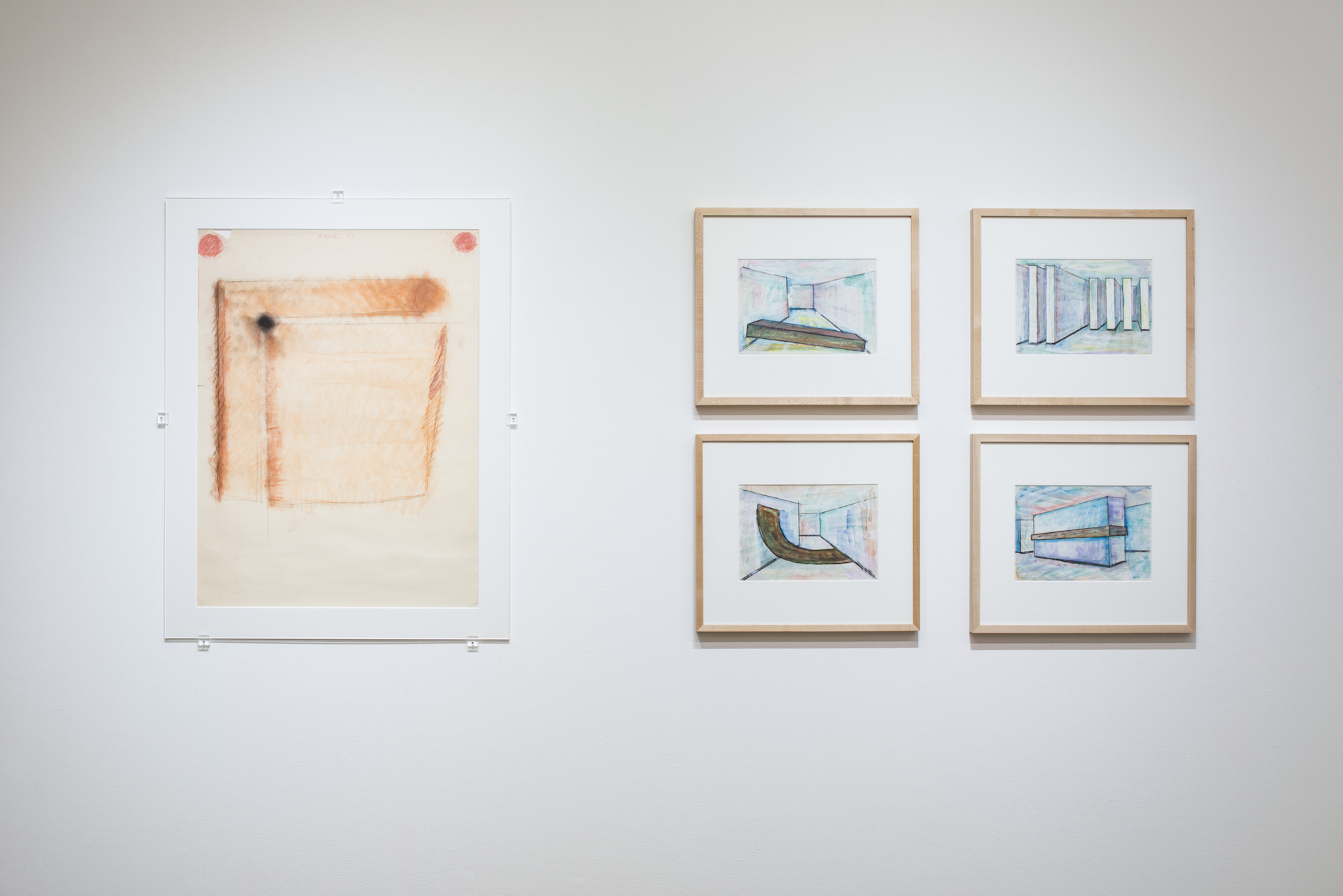
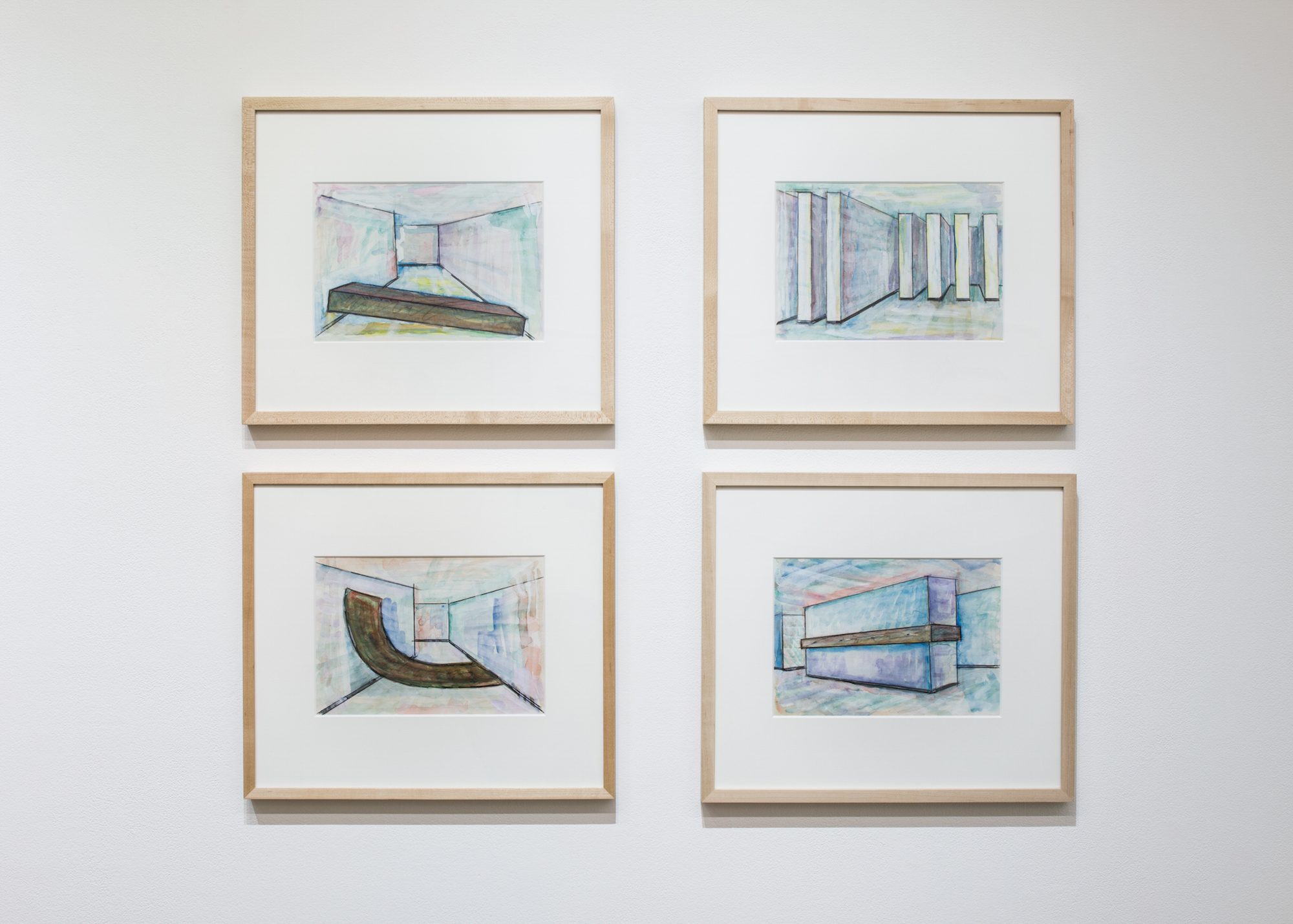
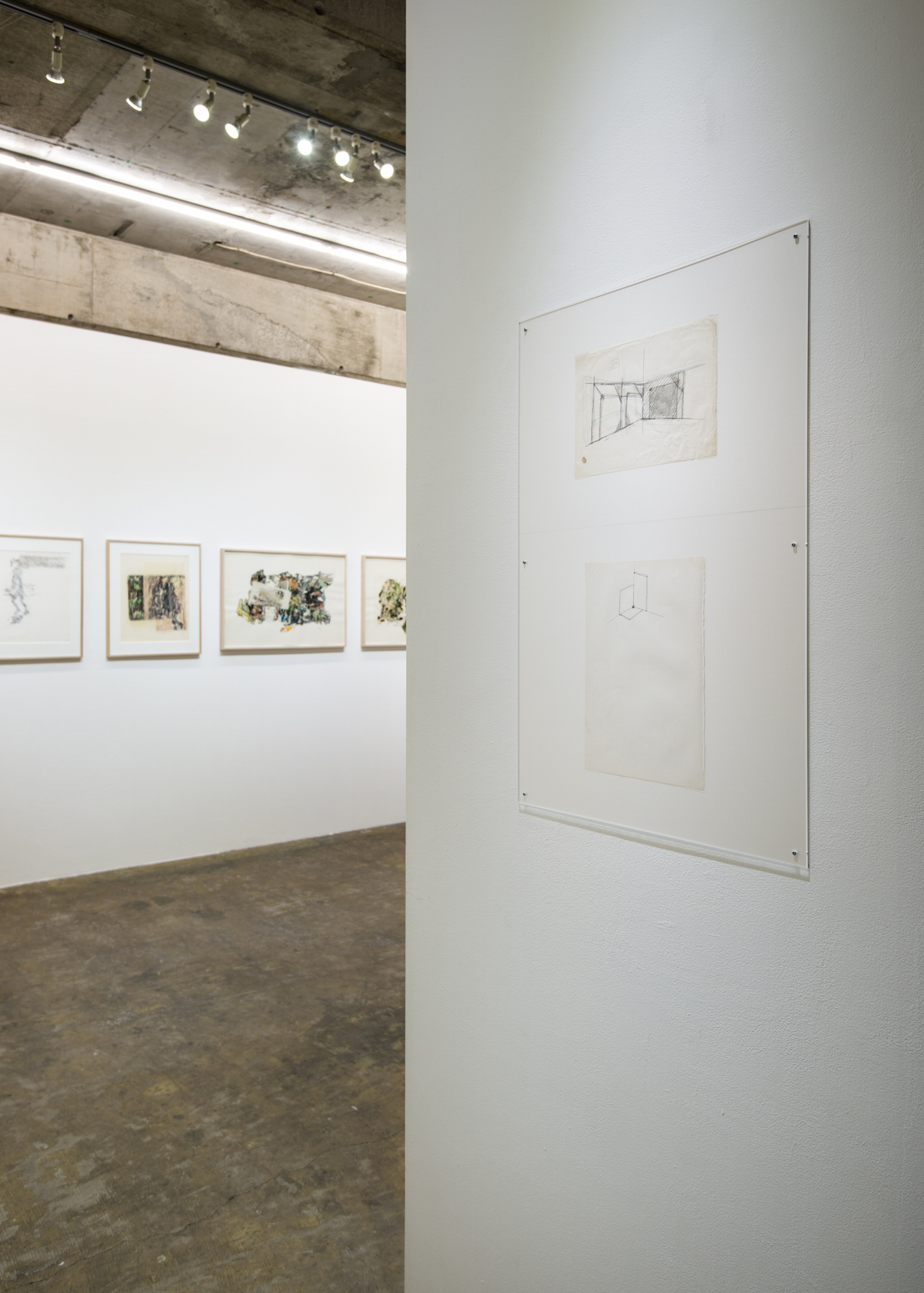
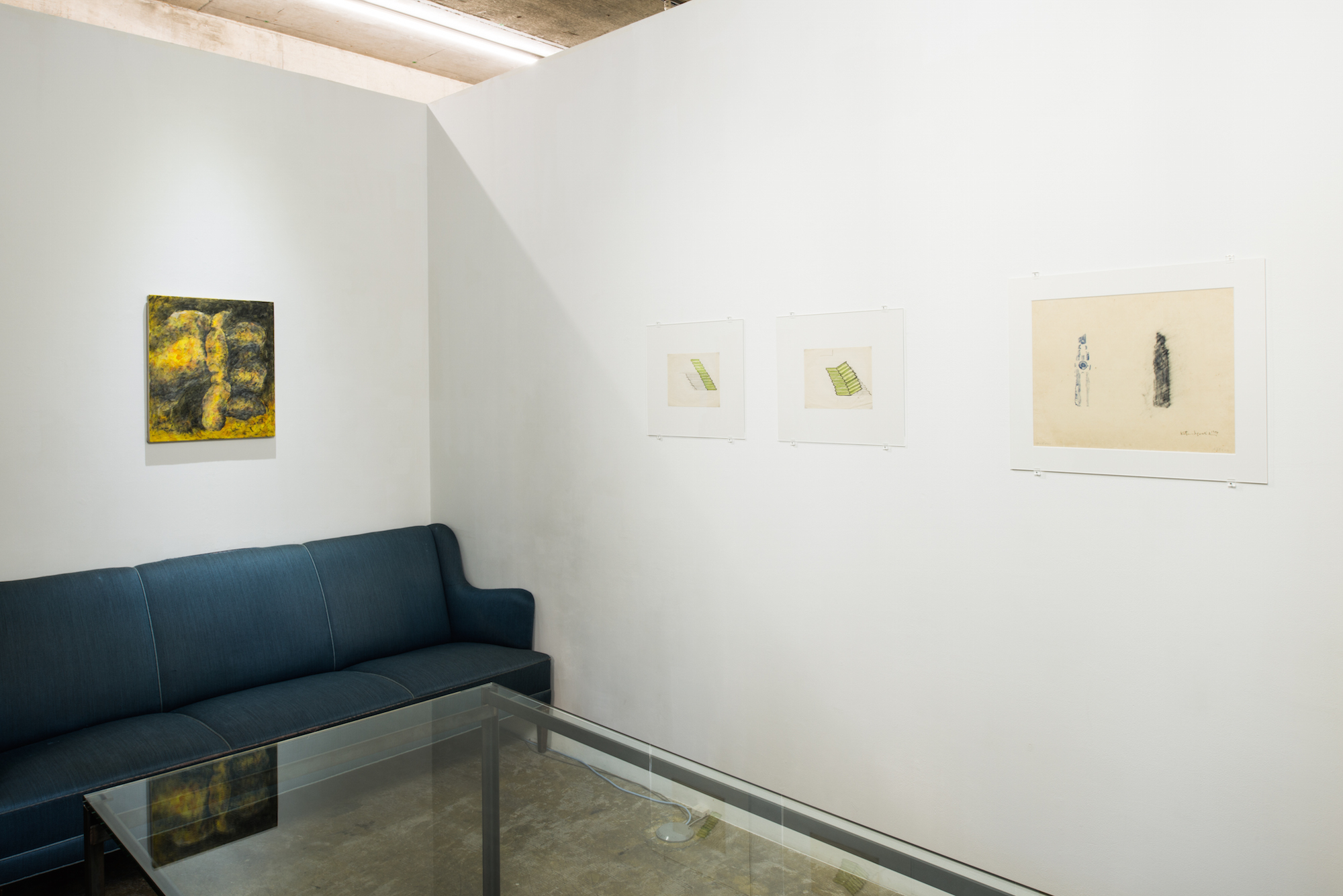
企画:神山亮子
協力:CAVE-AYUMI GALLERY
会期:2019年9月10日(火)- 10月12日(土)
会場:Yumiko Chiba Associates viewing room shinjuku
〒160-0023 東京都新宿区西新宿4-32-6 パークグレース新宿#206
営業時間:12:00-19:00 定休日:日、月、祝日
*オープニングレセプションは開催いたしません。
「吉田克朗・成田克彦 カラーズ」は、吉田克朗(1943-1999)と成田克彦(1944-1992)を改めて読み解く試みとして、「色彩」というテーマのもとに、ドローイングを中心に構成する展覧会です。
吉田克朗と成田克彦は、ほぼ同時期に多摩美術大学絵画科で学び、卒業(吉田は1968年、成田は1969年)後すぐに旺盛な発表を始めました。
1969年の「第6回パリ青年ビエンナーレ」と翌年の「第10回日本国際美術展<人間と物質>」に、成田は木材を炭化させた《SUMI》を出品。成田も参加した「現代美術の動向」展(1969年)、「1970年8月 現代美術の一断面展」(1970年)に吉田は、鉄板や電球、ガラスといった工業製品を、加工を最小限に抑えて置きました。1970年前後の数年間の、彼らを含む一群の美術家たちの活動はのちに「もの派」と呼ばれ、現在は戦後日本を代表する美術動向として国際的な評価が定着しています。
吉田は初期「Cut-off」シリーズ(1968-70年)で、人物や家具をモティーフに人間の意識の外在化に取り組んでいました。1970年には写真を用いた版画の制作を始め、1970年代末に転写の構造を用いた絵画を発表。1980年代後半からは手指に黒鉛をつけて描く絵画に集中しました。
成田は1960年代後半、《SUMI》に先行して、壁や床面を別の素材に代替させ空間の再構成を試みていました。数年の空白を挟んで1976年に発表を再開し、有機的な抽象レリーフで存在感を示します。その後15年ほどの間に、布や丸太、ウサギの毛を用いたアニミスティックなオブジェ、日本の古美術の描写や表装に想を取ったオブジェや絵画が生まれました。
ここで私たちは、「もの派」の前後に、2人の作品を置いています。現在「もの派」として位置付けられたこの時期の活動は、彼らにとって20代前半の、美術家としての出発点における決定的経験であり、この時系列は不動です。ですが、その前後、特に後の、吉田と成田のそれぞれの作品の豊かさは、この起点からのみ理解されるものではないでしょう。
1990年代に相次いで他界した2人は、多くの作品をアトリエに残しました。基礎調査が進み、私たちが作品に対面する条件は整えられつつあります。まずは本展が、吉田克朗と成田克彦が真剣に生きて作り続けた作品の色を、しかと認める機会となることを期待します。
-------------------------------------------------------------------------------------
■ トークイベント 「吉田克朗と成田克彦 作品リサーチから見えてきたもの」
日時:2019年9月21日(土)17:00-18:30(トークイベントの後にレセプションを行います)
会場:Yumiko Chiba Associates viewing room shinjuku
登壇者:神山亮子(戦後日本美術史研究/府中市美術館学芸員) × 山本雅美(船橋市教育委員会学芸員)
※事前申込制、参加費:無料
【お申し込み方法】
件名「トークイベント参加」、本文に、参加人数、お名前、電話番号をご明記のうえ、event@ycassociates.co.jpまでメールでお申し込みください。
*定員(20名)になり次第、受付を終了いたします。
*ギャラリーからの返信メールが届かない場合は、営業時間内にお問合せください。
*展覧会初日ではありませんのでご注意ください。
<登壇者プロフィール>
神山亮子 Ryoko Kamiyama (戦後日本美術史研究/府中市美術館学芸員)
東京藝術大学大学院美術研究科修士課程修了。作品と基礎資料の調査を基礎に、展覧会企画や論文を通して戦後日本美術史の記述を行う。
担当した展覧会に「高松次郎—思考の宇宙」(2004年)、「多摩川で/多摩川から、アートする」(2009年)「描く児—O JUN 1982-2013」(2013年)。主な執筆に「可能性のドローイング」(『高松次郎 All Drawings』大和プレス発行、2009年)、「二十年後の返礼」(『Reflection: 返礼-榎倉康二へ』論考編)、『青木野枝 流れのなかにひかりのかたまり』(左右社、2019年)。共編著に『高松次郎を読む』(水声社、2014年)。
山本雅美 Masami Yamamoto (船橋市教育委員会学芸員)
学習院大学人文科学研究科博士後期課程中退。ボストン美術館日本美術部でインターンをし、原美術館学芸部アシスタントを経て東京都現代美術館学芸員になる。「MOTコレクション 吉田克朗/中村一美」展(2006年)、「マルレーネ・デュマス」展(2007年)、「ワンダフル・ワールドーこどものワクワクいっしょにたのしもう、みる・はなす、そして発見!の美術展」(2014年)を企画。現在は、船橋市教育委員会美術担当学芸員。学習院大学非常勤講師(博物館教育論担当)。
-------------------------------------------------------------------------------------
■ 関連企画展
DECODE/出来事と記録-ポスト工業化社会の美術
会期: 2019年9月14日(土)〜11月4日(月・振休)
会場: 埼玉県立近代美術館 2階展示室
〒330-0061 埼玉県さいたま市浦和区常盤9-30-1
Tel: 048-824-0111
http://www.pref.spec.ed.jp/momas/?page_id=414
*****
Katsuro Yoshida, Katsuhiko Narita / Colors
Curated by Ryoko Kamiyama
Cooperation: CAVE-AYUMI GALLERY
Tuesday, September 10 - Saturday, October 12, 2019
Venue: Yumiko Chiba Associates viewing room shinjuku
Park Grace Shinjuku Bldg. #206, 4-32-6 Nishi-Shinjuku, Shinjuku-ku, Tokyo 160-0023
Gallery Hours: 12:00–19:00
*Closed on Sundays, Mondays, and national holidays
*No opening reception will be held for the exhibition.
Katsuro Yoshida, Katsuhiko Narita / Colors is a new, in-depth exploration of the work of Katsuro Yoshida (1943–1999) and Katsuhiko Narita (1944–1992), based on the theme of color, and focusing primarily on drawings.
Katsuro Yoshida and Katsuhiko Narita studied oil painting at Tama Art University’s Faculty of Art and Design at around the same time, both also turning out prodigious volumes of work from soon after graduation (in 1968 for Yoshida, 1969 for Narita).
Narita submitted the carbonized wood work SUMI to the 6th Paris Youth Biennale at the Musée D’Art Moderne de la Ville de Paris in 1969, and to the 10th Tokyo Biennale: “Between Man and the Matter” at the Tokyo Metropolitan Art Museum the following year. Yoshida meanwhile took industrial products such as timber, glass and light bulbs and installed them with minimal modification at the 1969 Trends in Contemporary Japanese Art exhibition and at August 1970: Aspects of New Japanese Art, both of which Narita also took part in. The activities for a handful of years around 1970 of a particular group of Japanese artists, including these two, later became referred to as the Mono-ha, now well established internationally as a major trend in postwar Japanese art.
In the early years of his career, through his Cut-off series (1968–70) Yoshida engaged in the externalization of human consciousness, via motifs such as human figures and furniture. In 1970, he began making photography-based prints, in the late 1970s presenting paintings employing a transfer construction. From the late 1980s onward he concentrated on pictures made by applying graphite with his fingers.
Prior to SUMI, during the latter half of the 1960s Narita was experimenting with reconfiguring spaces by substituting different materials for components such as walls and floors. After a gap of a few years he began presenting work again, making his presence felt on the art scene via a series of abstract reliefs in organic style. For the next fifteen years or so Narita produced animistic objects from materials such as fabric, logs, and rabbit fur; and objects and paintings inspired by the depictive style and mountings of classical Japanese art.
Here we have positioned the works of Yoshida and Narita around the Mono-ha. For both, their activities during this period, now positioned within the Mono-ha movement, were definitive experiences for artists starting out in their early twenties, and the chronology here is well established. Yet the sheer wealth of Yoshida and Narita’s respective output before and after this, particularly after, cannot be understood solely in terms of this departure point.
Sadly passing away one after another in the 1990s, these two artists left many works in their studios. Basic surveys of those legacies are in progress, and the conditions allowing us to engage fully with their works are at last beginning to fall into place. As a start, it is hoped this exhibition will give viewers a firm grasp of the colors employed by Katsuro Yoshida and Katsuhiko Narita in the works they produced with such consistent dedication throughout their lives.
-------------------------------------------------------------------------------------
■ Special Talk (in Japanese language) ■
‘A new view from research on works by Katsuro Yoshida and Katsuhiko Narita’
Date: Saturday, September 21, 2019, 17:00-18:30 (doors open at 16:45)
Venue: Yumiko Chiba Associates viewing room shinjuku
(A reception follows after the talk event)
Speakers: Ryoko Kamiyama (Researcher on post-war Japanese avant-garde art / Curator, Fuchu Art Museum) and Masami Yamamoto (Curator of Art, Funabashi City Board of Education)
*Admission free. Booking required. Seating capacity: 20
*For booking, send an email with your name, address, and telephone number to event@ycassociates.co.jp
*If you do not receive a reply from the gallery, please contact us during gallery’s opening hours.
*Please be aware that the event will not take place on the first day of the exhibition.
Ryoko Kamiyama (Researcher on post-war Japanese avant-garde art / Curator, Fuchu Art Museum)
Received MA in Arts from the Tokyo University of the Arts. Based on researches of artworks and documents, has written a history of post-war Japanese avant-garde art through curating exhibitions and writing essays.
Exhibitions include Jiro Takamatsu; Universe of his Thought (2004), At / From Tamagawa 1964-2009 (2009), Kaku-Co; O JUN 1982-2013 (2013). Writings are Drawing Seen As a Possibility, in “Jiro Takamatsu All Drawings” (2009), Return after 20 Years, in “Reflection: In Return to Koji Enokura” (2015), Noe Aoki : Nagare no naka ni Hikari no Katamari (2019). Co-edited an anthology Reading Jiro Takamatsu (2014).
Masami Yamamoto (Curator of Art, Funabashi City Board of Education)
Studied in a doctoral program at the Graduate School of Humanities at Gakushuin University. She worked as a curatorial intern for the Japanese art collection at the Museum of Fine Arts, Boston, a curatorial assistant at the Hara Museum of Contemporary Art, and a curator at the Museum of Contemporary Art Tokyo, where she organized exhibitions including MOT Collection: Art after 1960 (2006), Marlene Dumas: Broken White (2007), and Wonderful World: Sparkle is everywhere! Let's see, talk, discover, and share the fun with everyone! (2014). Currently, she is working as a curator of Art for the Funabashi City Board of Education and also teaches museum education theory in a part-time capacity at Gakushuin University.
-------------------------------------------------------------------------------------
■ Related Exhibition
DECODE / Events & Records – Post Industrial Art
Saturday, September 14 – Monday, November 4, 2019
Venue: The Museum of Modern Art, Saitama
9-30-1, Tokiwa, Urawa-ku, Saitama-shi, (in Kita-Urawa Park), Saitama, Japan
Tel: 048-824-0111
www.pref.spec.ed.jp/momas/?page_id=266
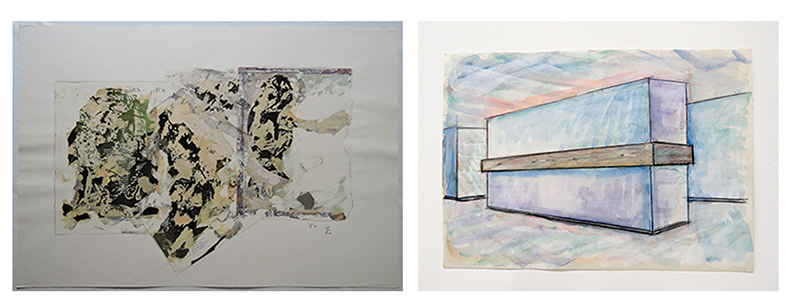
Past Exhibitions

